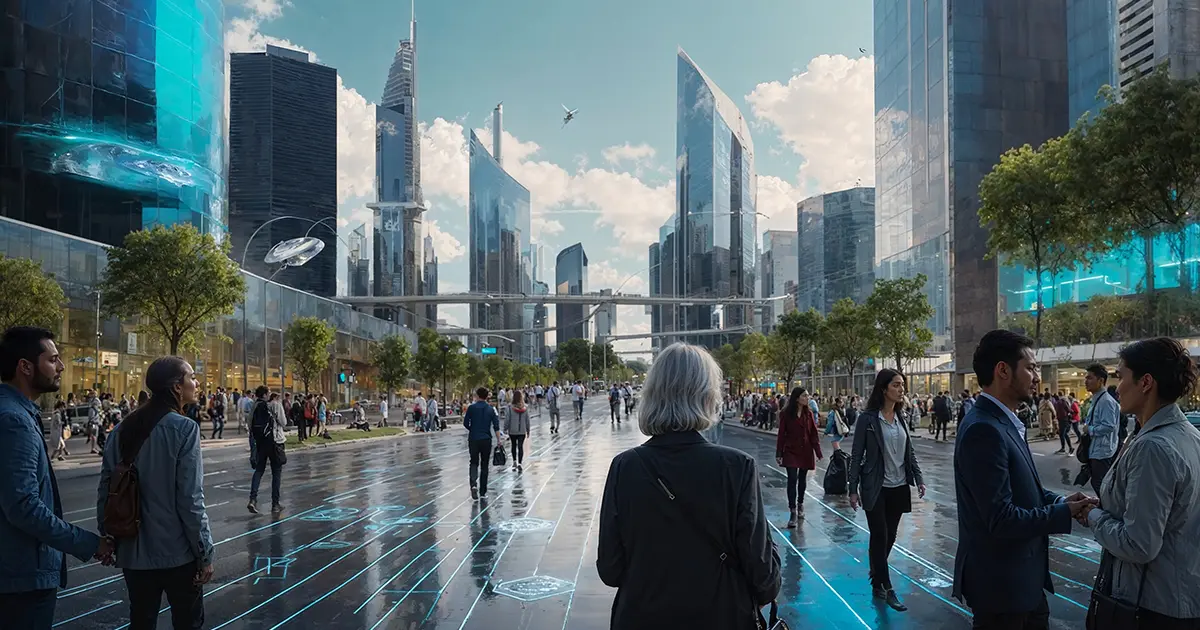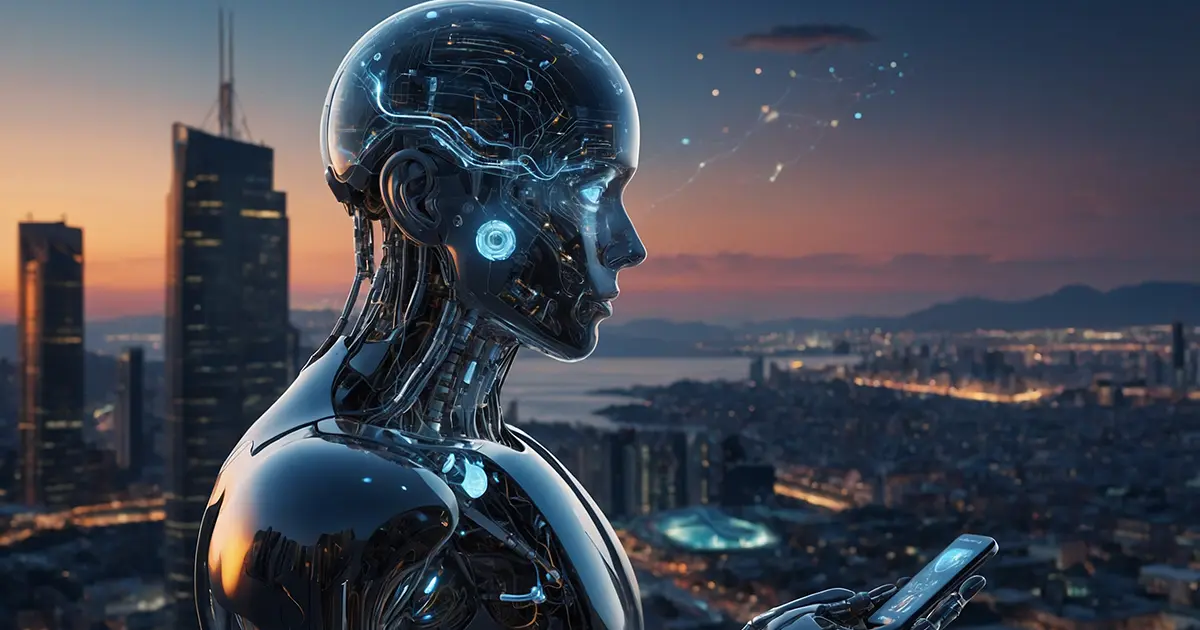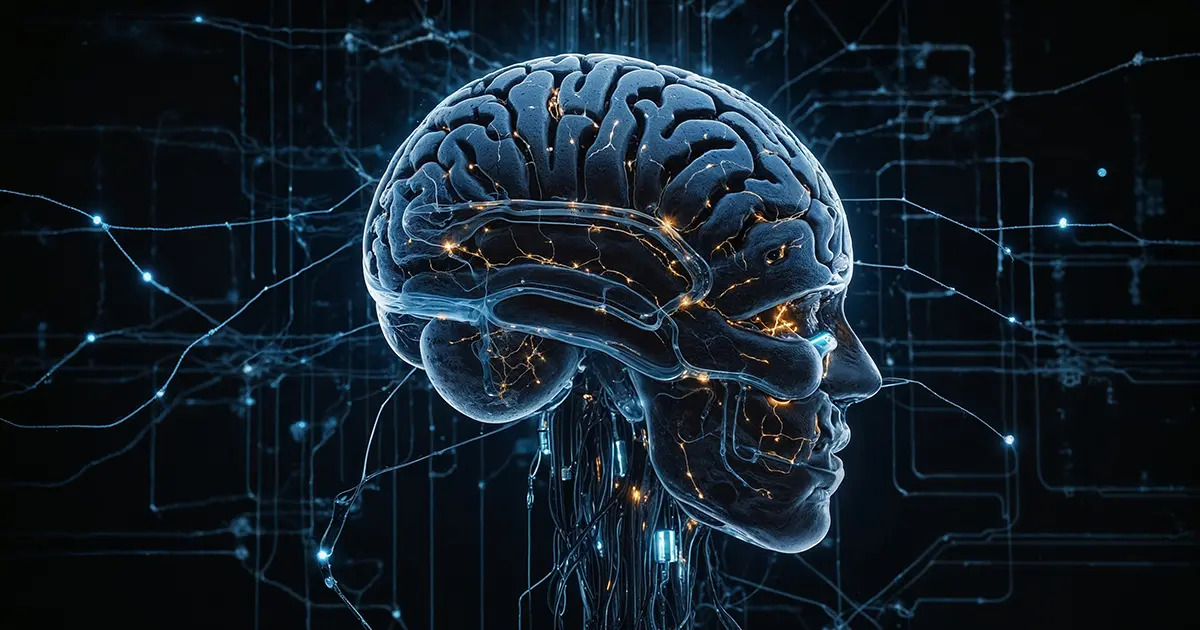Deep Learning for Beginners: How AI Learns to Think
Deep learning is a subset of artificial intelligence in which systems mimic the human brain by learning from large amounts of data. It powers technologies like voice assistants and image recognition. This article explains the basics of how deep learning works, its real-world applications, and future implications, written for beginners unfamiliar with AI.
What is AI learning?
Artificial intelligence (AI) is all about teaching machines to perform tasks that would normally require human intelligence, such as recognizing faces, understanding speech, or even driving a car. But how does a machine “learn”? The concept of learning in AI is much simpler than it sounds. Essentially, AI learning is the process by which a machine improves its performance by analyzing data, finding patterns, and using that knowledge to make decisions. Think of it like teaching a child: by showing the child many examples, it begins to understand concepts without needing precise instructions each time.
There are different types of learning in AI, but at its core is the idea that AI doesn’t follow a set of predefined rules. Instead, it takes in massive amounts of data, analyzes it, and begins to recognize patterns on its own. For example, if you show a computer thousands of images of cats and dogs, over time it can learn to distinguish between the two, even when it encounters a new image it has never seen before. This type of learning is called machine learning.
Deep learning: The evolution of AI learning
Deep learning is an advanced version of machine learning that is designed to mimic how the human brain processes information. In a human brain, neurons are connected by synapses, which help transmit signals. Similarly, deep learning uses neural networks – computer systems designed to behave like a network of brain cells. These networks have many layers, which is why it’s called “deep” learning. The more layers there are, the more complex the patterns the system can learn.
The field of deep learning began in the 1980s, but it took decades before it began to show real promise. Early pioneers of deep learning include scientists such as Geoffrey Hinton, Yoshua Bengio, and Yann LeCun. One of the first successes came in 1998, when LeCun developed a neural network that could recognize handwritten digits, a breakthrough that paved the way for today’s deep learning models. However, progress was slow for many years due to limited computing power and small data sets. Things changed dramatically in 2012, when Hinton’s team at the University of Toronto won the ImageNet competition, demonstrating that deep learning could vastly outperform other AI techniques in tasks such as image recognition. This led to widespread adoption by companies like Google, Facebook, and Microsoft, which invested heavily in the technology.
These companies now use deep learning in products as diverse as Google Photos, which automatically organizes your photos, and Facebook, which tags your friends in pictures. While these technologies seem like magic, they’re built on the hard work of scientists and engineers who figured out how to get machines to learn from massive amounts of data.
Key Principles of Deep Learning
To understand how deep learning works, we need to look at its core principles. These are the building blocks that make deep learning systems so powerful:
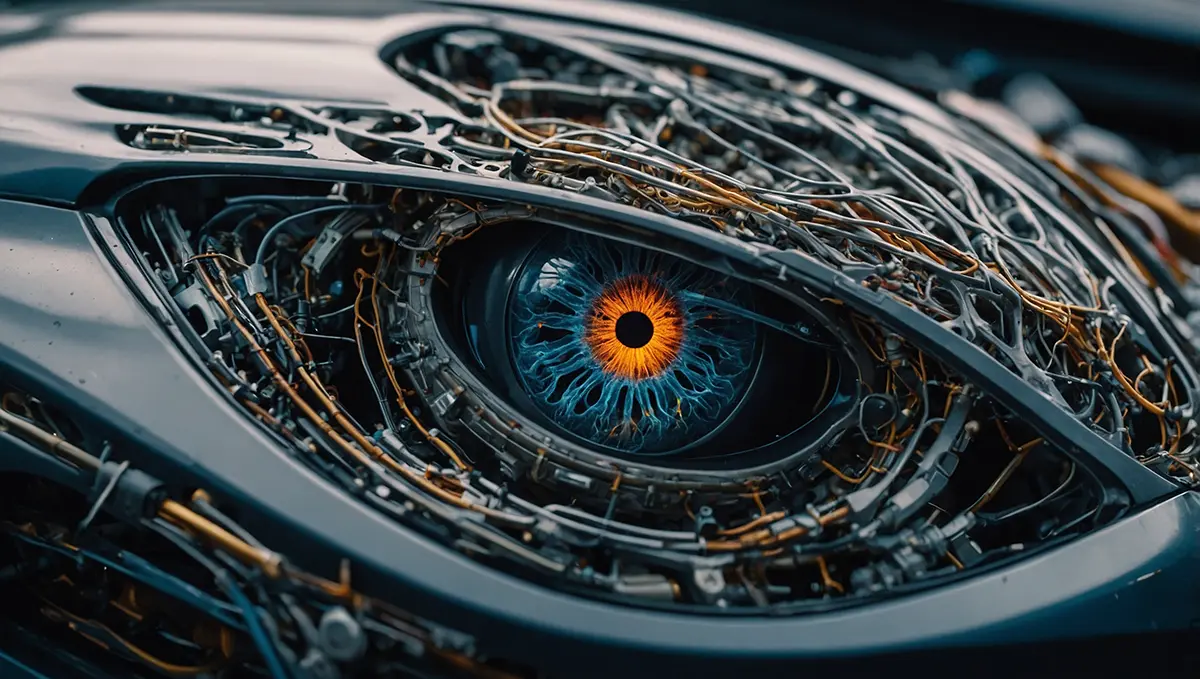
Real-world applications of deep learning
Deep learning isn’t just a theoretical idea – it’s something that’s already having a huge impact in the real world. In healthcare, for example, deep learning is being used to diagnose diseases from medical images such as X-rays or MRIs. AI systems can often spot problems that even experienced doctors might miss, leading to earlier and more accurate diagnoses.
In the automotive industry, companies like Tesla are using deep learning to develop self-driving cars. These cars rely on neural networks to process data from cameras, radar, and other sensors, allowing them to navigate roads, avoid obstacles, and even make split-second decisions in complex traffic situations.
In your everyday life, deep learning is at work in things like Netflix recommendations, YouTube video suggestions, and even the way your phone’s camera automatically enhances your photos. These applications show just how practical and pervasive deep learning has become.
Challenges in deep learning
Despite its successes, deep learning is far from perfect. One of the biggest challenges is the amount of data required. In order for deep learning systems to be effective, they must be trained on massive datasets – sometimes containing millions of examples. This can make the development of deep learning models very resource-intensive.
Another challenge is that deep learning models are often considered “black boxes.” This means that while they can make highly accurate predictions, it’s not always clear how they arrived at those predictions. This lack of transparency can be particularly problematic in critical applications such as healthcare or law enforcement.
Companies like OpenAI, Google, and NVIDIA are constantly working to improve deep learning models, making them more efficient, more transparent, and less reliant on massive data sets.
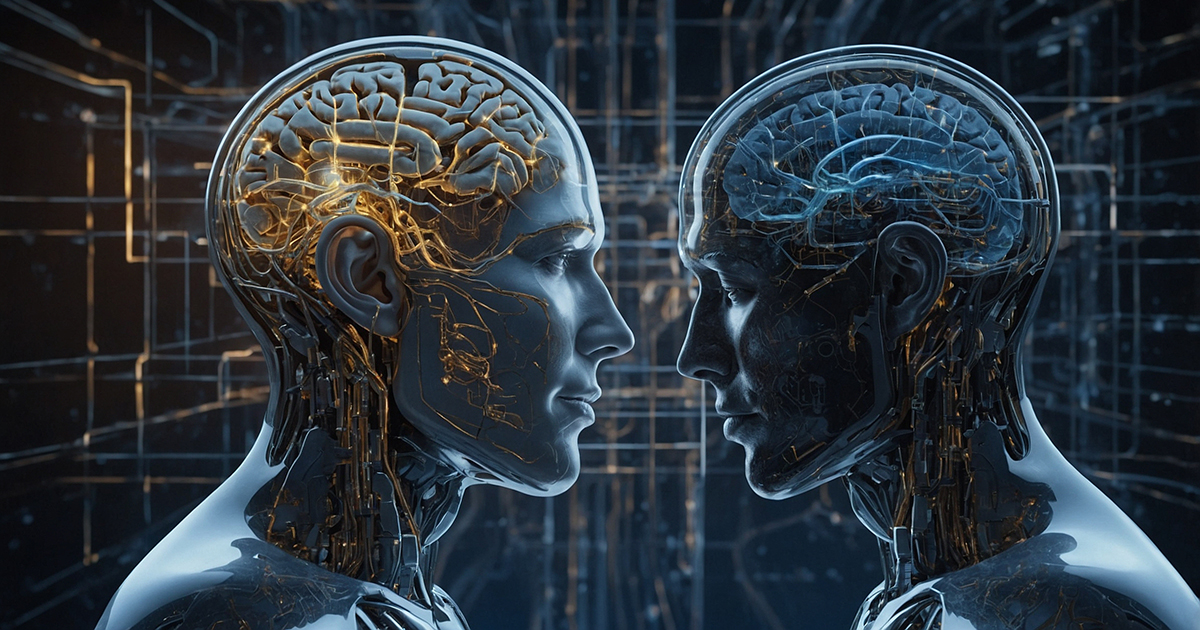
The future of Deep Learning: Can AI surpass human intelligence?
One of the most exciting and controversial questions in AI is whether machines will ever surpass human intelligence. Today, AI systems can outperform humans at certain tasks, such as playing chess or Go, but these systems are highly specialized. They can’t learn new tasks or think creatively like humans.
However, some researchers are exploring the idea of self-improving AI systems that could learn and improve without human intervention. This raises both exciting possibilities and ethical concerns. On the one hand, self-learning AI could lead to breakthroughs in medicine, climate science, and other critical fields. On the other hand, it could also pose risks if AI becomes too autonomous and beyond human control.
Experts like Elon Musk and Stephen Hawking have warned about the dangers of unchecked AI development, while companies like DeepMind are working on AI safety protocols to ensure that AI remains beneficial to society.





